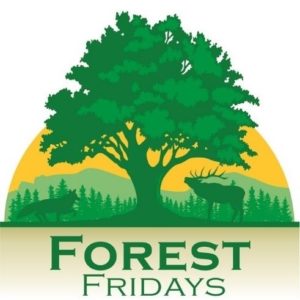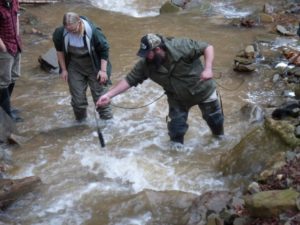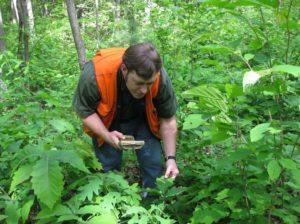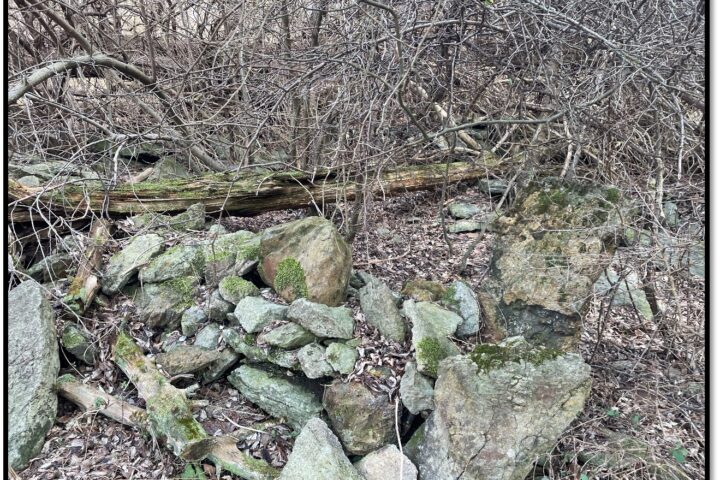
by Ryan Reed
As a manager of vast forests, the DCNR Bureau of Forestry is by extension a manager of many living things. Responsible management of a complex ecosystem with an intricate web of life demands decisions based on science to optimize results.
Each workday, science drives countless actions of bureau personnel. For example, when a forester marks trees for a shelterwood harvest, it’s done with the knowledge that the method has reliably shown optimal regeneration of a new crop of seedlings. When forest health staff give the green light on spongy moth spraying, it’s a decision based on field observations of egg masses, larval development, and scientific evaluation of products and other best practices. When bureau botanists designate a Wild Plant Sanctuary, the fields of taxonomy, plant genetics, and general ecology intertwine. When fire foresters conduct prescribed burns, scientific understanding of weather and fire behavior, fuel conditions, and plant community ecology all factor in. When the bureau’s Rural and Community Forestry Section plans and installs forest buffers along streams, it does so with the scientific understanding of the many benefits this imparts on water quality and aquatic life.

Water sampling, Tidaughton State Forest
The bureau’s Inventory and Monitoring and Geospatial Applications sections use scientifically advanced equipment and computers to map and assess forest conditions over time. Their work helps managers understand both short- and long-term changes in the forest while providing valuable data for resource planning.
The Minerals Section manages gas and solid mineral resources on state forest lands, using the best available science to minimize negative impacts. It also identifies and maps orphaned and abandoned wells, leading plugging efforts to eliminate these environmental and physical hazards.

Regeneration Survey, Weiser State Forest
Science even impacts management of recreation in our state forests. Data from visitor use surveys, trail impact studies, and analysis of recreational use trends all help to inform decisions on trail development and allocation of funds. Affecting hunting opportunities and deer, implementation of the PA Game Commission’s Deer Management Assistance Program (DMAP) on state forest lands is driven by DCNR’s long-term study of over 10,000 sample plots, where regeneration, browsing pressure, and plant diversity and abundance are examined.
At 2.2 million acres, state forests also present a “living laboratory” where active scientific studies abound, whether by DCNR professionals or colleges and universities. Forestry, wildlife, fish, botany, ecology, minerals, climate, and more are past and present topics of scientific discovery.
Some would say there is an art to managing large forests, and this may very well be true, but that probably lies in the application of lessons learned from all the sciences that inform our understanding of forests. As scientific knowledge continues to grow, the Bureau of Forestry will continue to apply it in the best interests of our beloved forests.




